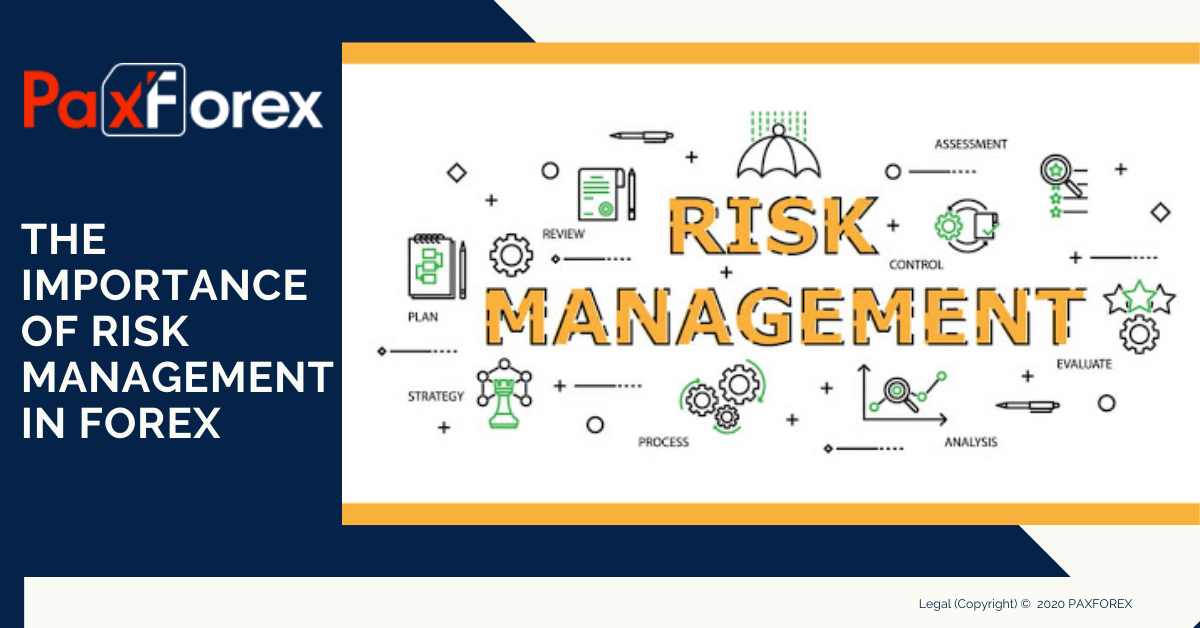Enhancing Business Efficiency Through the Importance of Risk Management
Enhancing Business Efficiency Through the Importance of Risk Management
Blog Article
The Relevance of Comprehending the Importance of Risk Management in Various Industries
The Core Concept of Risk Management and Its Objective
Risk Management, the cornerstone of several markets, pivots on the identification, assessment, and mitigation of unpredictabilities in a company environment. By correctly determining prospective dangers, organizations can establish techniques to either protect against these threats from happening or minimize their effect. When dangers have been identified and assessed, the mitigation procedure involves developing techniques to reduce their prospective effect.
Advantages of Carrying Out Risk Management in Company Workflow

Introducing the Duty of Risk Management in Different Industries
While every sector confronts its unique set of dangers, the implementation of Risk Management approaches remains a common measure in their pursuit of sustainability and growth. In the healthcare market, Risk Management entails guaranteeing person security and data defense, while in money, it entails mitigating financial investment risks and ensuring regulative compliance (importance of risk management). Construction business concentrate on worker safety, task delays, and budget overruns. In the modern technology field, business alleviate cybersecurity hazards and modern technology obsolescence. Inevitably, the duty of Risk Management across markets is to recognize, evaluate, and minimize threats. It is a vital component of tactical planning, allowing companies to secure their properties, make the most of possibilities, and attain their objectives.
Real-life Case Studies Showing Effective Risk Management
To recognize the relevance of Risk Management in these numerous markets, one can look to a number of real-life circumstances that illustrate the successful application of these procedures. In the energy industry, British Petroleum developed Risk reduction plans post the 2010 Gulf of Mexico oil spill. They applied far better security procedures and stricter guidelines which significantly lowered more crashes. In money, Goldman Sachs successfully navigated the 2008 financial crisis by recognizing prospective mortgage-backed securities threats early. Toyota, post the 2011 earthquake in Japan, modified its supply chain Management to lessen interruption dangers. These cases show just how markets, picking up from situations, effectively applied Risk Management methods to reduce future threats.
Future Patterns and Advancements in Risk Management Methods
Cybersecurity, as soon as an outer worry, has actually catapulted to the leading edge of Risk Management, with methods focusing on reaction, discovery, and prevention. The combination of ESG (Environmental, Social, Administration) factors into Risk Management is an additional expanding pattern, her latest blog reflecting the boosting recognition of the duty that social and ecological risks play in company sustainability. Thus, the future of Risk Management lies in the fusion of innovative technology, cutting-edge techniques, and a holistic strategy.
Verdict
In conclusion, recognizing the significance of Risk Management throughout a range of markets is vital for their long life and success. Inevitably, effective Risk Management contributes to more sustainable and resistant services, explanation highlighting the significance of this technique in today's dynamic and highly affordable organization setting.
While every market faces its distinct collection of dangers, the execution of Risk Management techniques continues to be an usual in their search of sustainability and growth. In the healthcare sector, Risk Management requires making sure individual safety and security and data protection, while in money, it includes mitigating financial investment threats and making sure governing conformity. Eventually, the role of Risk Management across markets is to identify, assess, and alleviate threats. These situations demonstrate just how sectors, discovering from situations, effectively used Risk Management methods to decrease future threats.

Report this page